Vigan, officially the City of Vigan (Ilocano: Siudad ti Vigan; Filipino: Lungsod ng Vigan), is a 4th class component city and capital of the province of Ilocos Sur, Philippines. According to the 2020 census, it has a population of 53,935 people.
Located on the western coast of the large island of Luzon, facing the West Philippine Sea, it is a UNESCO World Heritage Site and it is one of the few Spanish colonial towns left in the Philippines whose old structures have mostly remained intact. It is well known for its sett pavements and a unique architecture of the Spanish Philippines colonial era which fuses native Philippine and Oriental building designs and construction, with colonial Spanish architecture that is still abundant in the area, mainly the bahay na bato houses and an Earthquake Baroque church. Former Philippine president Elpidio Quirino, the sixth president of the Philippines, was born in Vigan, at the former locatio...Read more
Vigan, officially the City of Vigan (Ilocano: Siudad ti Vigan; Filipino: Lungsod ng Vigan), is a 4th class component city and capital of the province of Ilocos Sur, Philippines. According to the 2020 census, it has a population of 53,935 people.
Located on the western coast of the large island of Luzon, facing the West Philippine Sea, it is a UNESCO World Heritage Site and it is one of the few Spanish colonial towns left in the Philippines whose old structures have mostly remained intact. It is well known for its sett pavements and a unique architecture of the Spanish Philippines colonial era which fuses native Philippine and Oriental building designs and construction, with colonial Spanish architecture that is still abundant in the area, mainly the bahay na bato houses and an Earthquake Baroque church. Former Philippine president Elpidio Quirino, the sixth president of the Philippines, was born in Vigan, at the former location of the Provincial Jail (his father was a warden). He also resided in the Syquia Mansion, which is a wedding gift of his in-laws to his wife. The entire city of Vigan was later inscribed as a UNESCO World Heritage City after being declared as a UNESCO World Heritage Site. It is a member of the Organization of World Heritage Cities (OWHC).
In May 2015, Vigan was officially recognized as one of the New7Wonders Cities together with Beirut, Doha, Durban, Havana, Kuala Lumpur and La Paz. New7Wonders Foundation president and founding member Bernard Weber led a ceremony held at St. Paul Cathedral where he handed a bronze plaque to former Vigan Mayor Eva Grace Singson-Medina, signifying the heritage city's election as one of the world's wonder cities.
 Aerial view of Vigan, circa 1940sPre-Colonial Era
Aerial view of Vigan, circa 1940sPre-Colonial Era
Due to silting of the Mestizo River, Vigan is no longer separated from the mainland, therefore no longer an island. The city is unique in the Philippines because it is one of many extensive surviving Philippine historic cities, dating back to the 16th century.
Vigan was a coastal trading post long before the Spaniards arrived; Chinese traders sailing from the South China Sea came to Isla de Vigan (Island of Vigan) via the Mestizo River that surrounded it. On board their ships were seafaring merchants who came to trade goods from other Asian kingdoms in exchange for gold, beeswax, and other mountain products brought by the indigenous peoples from the Cordillera region.
Spanish Colonial EraIn the book The Philippine Island (Vol. III, p. 276, Blair and Robertson) two letters from Governor-General Guido de Lavezaris to King Philip II of Spain mention: "It seemed best to send Captain Juan de Salcedo with 70 or 80 soldiers to explore the coast of Los Ilocanos on the shores of the river called Bigan." The Spaniards led by Salcedo marched north from Manila on May 20, 1572. They arrived in Vigan on June 13, 1572.[1]
Villa Fernandina de ViganThus, after the successful expedition and the exploration of the North, Juan de Salcedo founded "Villa Fernandina de Vigan" in honor of King Philip II's son, Prince Ferdinand, who died at the age of four. From Vigan, Salcedo rounded the tip of Luzón and proceeded to pacify Camarines, Albay, and Catanduanes. As a reward for his services to the King of Spain, Salcedo was awarded the old province of Ilocos, which consisted of the modern provinces of Ilocos Norte, Ilocos Sur, Abra, La Union and part of Mountain Province as his hacienda (estate), and was accorded the title of Justicia Mayor de esta Provincia de Ylocos (Province Mayor of Ilocos).[2][3]
In 1574, Salcedo returned to the capital of his encomienda (trusteeship), Vigan, bringing with him his soldiers and some Augustinian missionaries to pioneer the evangelization of the Ilocos region. He established a Spanish city for the purpose of controlling the neighboring country.
Governor General Gómez Pérez Dasmariñas, in his account of encomienda dated in Manila on May 31, 1591, states: "The town of Vigan called Villa Fernandina consisted of Spanish settlers; a priest; a Justice Alcalde Mayor (Governor); and a Deputy. The King collects 800 tributes (equivalent to 3,200 subjects)." During this period, Vigan was composed of 19 barrios (districts).
Between 1645 and 1660, Vigan was divided into 21 Cabezas de Barrio (Town Mayors) as mentioned in the Libro de Casamiento (Book of Marriage); from the records of the parish house of Vigan found in its archives. Separated from the indigenous population, the Chinese migrants were residents in a neighbourhood called El Pariancillo, los Sangleyes del parian (The Sangleyes of the Parian); and the Spanish settlers were residents in a town called Los Españoles de la Villa (The Town Spaniards). The Spaniards consisted of about 60 Spanish Households.[4]
Ciudad Fernandina de ViganIn 1755, Bp. Juan de la Fuente Yepes made a request to the King Fernando VI to move the Diocese of Nueva Segovie to Villa Fernandina due to the deteriorating status of Lal-lo. In 1758, with the Royal Decree signed by Fernando VI, Villa Fernadina became Ciudad Fernandina de Vigan and the See of Nueva Segovia was transferred from Lal-lo, Cagayan. The bell ensconced within the belfry of Vigan, has the imprinted words of the decree. Wherever the clang of the bell reaches, it marks the territory of Ciudad Fernandina de Vigan.
Philippine Revolution and American OccupationDuring the Philippine Revolution, revolutionary forces under Manuel Tinio, supported by the Ilocano rebels, attacked and defeated the Spanish colonial forces and captured the city in the Siege of Vigan.[5] During the Philippine–American War, American forces led by Commander McCracken and Lt. Col. James Parker occupied the town in Nov. 1899.[6]
World War IIAt the start of World War II, Vigan was one of the first places in the Philippines invaded by Japan on December 10, 1941. In 1945, combined U.S. and Philippine Commonwealth ground troops, aided by Ilocano resistance fighters, defeated the Japanese Imperial forces and liberated Vigan.
UNESCO World Heritage CityIn 1999, Vigan was listed by UNESCO as the best preserved example of Spanish colonial towns in Asia.[7] Its architecture is the conglomeration of cultural elements from the Philippines, China, and Spain, making it unique in the world.
Recent history CityhoodOn December 27, 2000, then President Joseph Estrada signed Republic Act No. 8988, that "revalidated and recognized" Vigan's city status granted by virtue of the Royal Decree of September 7, 1757, issued by Ferdinand VI, King of Spain.[8] This legislation serves as Vigan's present city charter. The charter did not provide a clause for a plebiscite and the law took effect in January 2001.
New7WondersOn December 7, 2014, Vigan was named as one of the New7Wonders Cities.[9]
2022 Luzon earthquakeOn July 27, 2022, a 7.0 magnitude earthquake struck parts of Luzon,[10] damaging the city's UNESCO World Heritage sites including the Vigan Cathedral and old-century houses, as well as few power lines toppled along Calle Crisologo.[11]
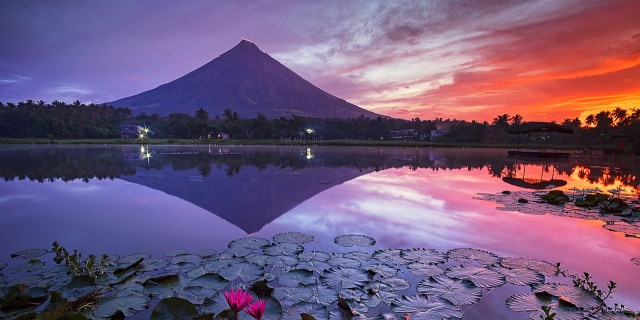

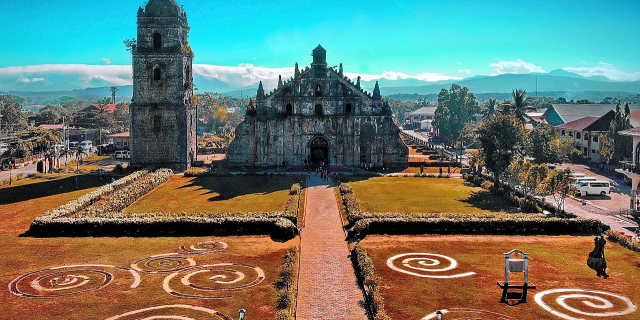



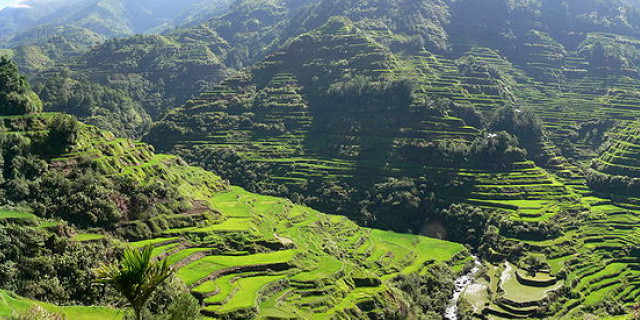





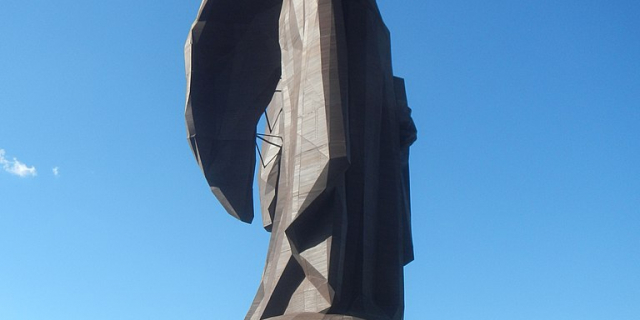

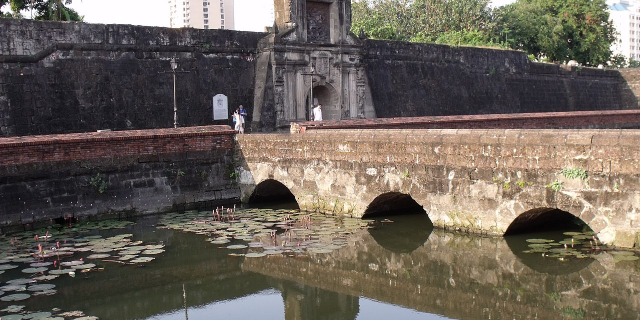


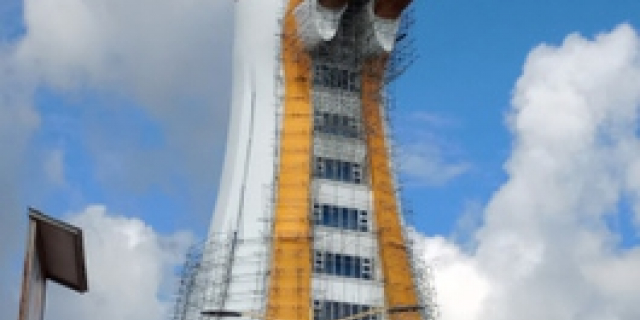
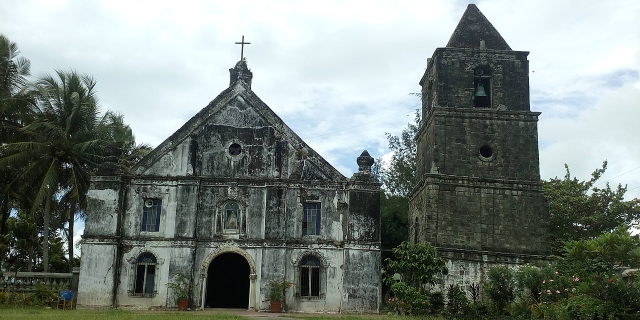
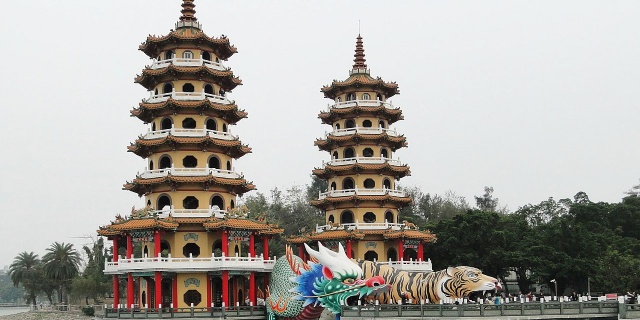

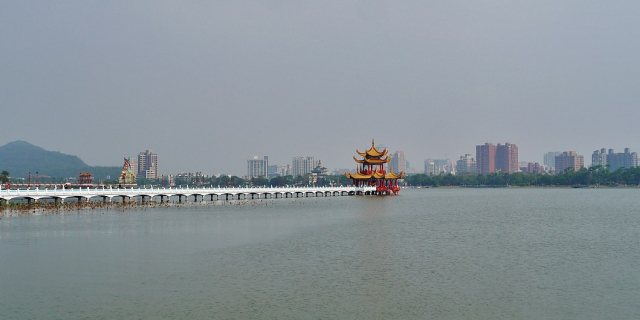

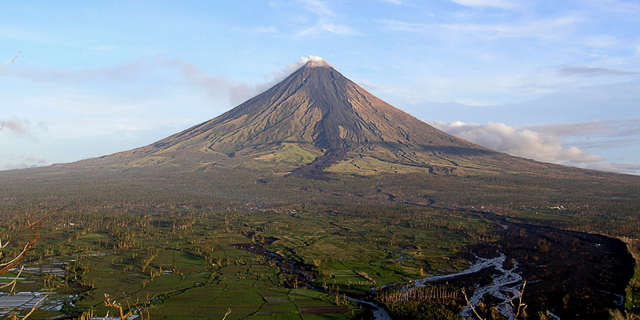



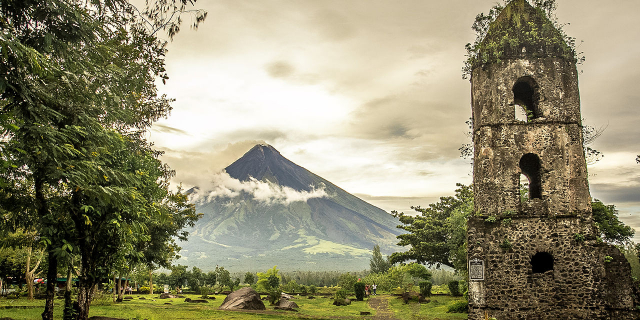

Add new comment